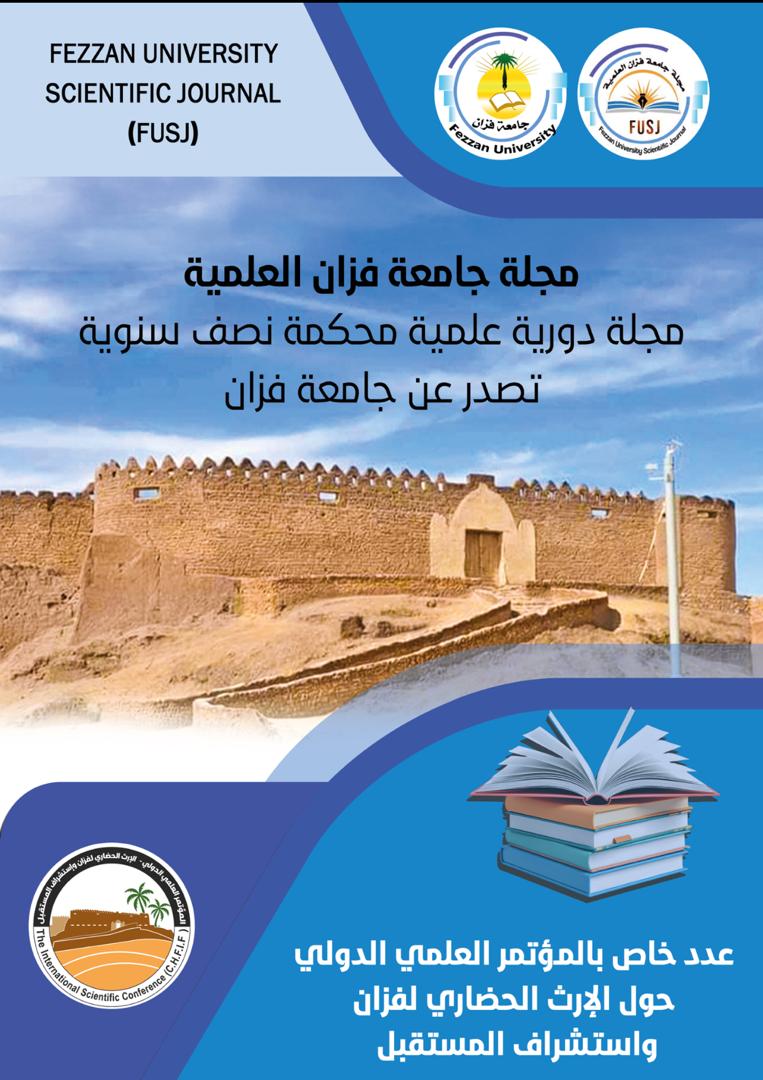الزراعة ونظام الري في إقليم فزان قديما ( الفقارة أنموذجا)
##plugins.themes.academic_pro.article.main##
الملخص
يعد نظام الفقارة من أهم نظم السقي بمنطقة فزان، والنظام ببساطة هو قناة تحفر من مكان مرتفع نسبيًا، وتتوافر به مياه جوفية، ثم ينقل الماء تحت الأرض إلى مسافات طويلة عبر نفق طويل، وتتخلل هذا النفق بئر عمودية كل أمتار عدة، وينساب الماء بفعل الجاذبية انسيابًا بسيطًا إلى أن يصل إلى القناة؛ حيث القرية والأرض الخصبة ليسقيها.
وإنّ الهدف من الموضوع هو التعريف بالفقارات، وأماكن انتشارهاودورها في ري مناطق واسعة تمتد إلى آلاف الكيلومترات، ومايترتب عليها من فائض في الإنتاج الزراعي الذي سرّع في زيادة الكثافة السكانية

